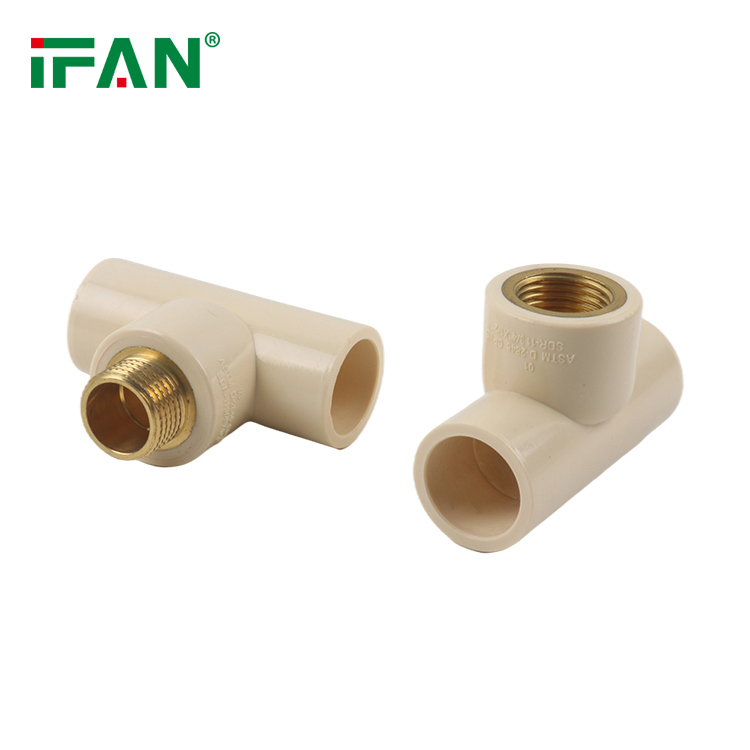How long does it take for CPVC glue to dry?
The drying time for CPVC (chlorinated polyvinyl chloride) glue, also known as solvent cement, can vary depending on several factors, including the specific brand of glue, temperature, humidity, and the size of the joint being glued. Here are some general guidelines regarding the drying time of CPVC glue:
1. Initial Set Time: CPVC glue typically has an initial set time of around 15 to 30 minutes. During this period, the glued joint should be held firmly in place to allow the adhesive to set and prevent any movement or misalignment.
2. Handling Time: After the initial set time, the joint can usually be handled carefully, but it is still recommended to avoid putting excessive stress or pressure on the joint. Follow the manufacturer’s instructions for specific handling recommendations.
3. Fully Cured Time: While the initial set time indicates when the joint can be handled, it is important to note that the adhesive will continue to cure over time. The full curing process can take up to 24 hours or longer, depending on the specific CPVC glue and environmental conditions.

4. Temperature and Humidity: Higher temperatures and lower humidity levels can accelerate the drying and curing process, while lower temperatures and higher humidity levels may prolong the drying time. It is essential to consider the ambient conditions when estimating the drying time.
It is crucial to follow the manufacturer’s instructions regarding the specific CPVC glue being used, as different brands may have variations in drying times. Additionally, local building codes and regulations may have specific requirements regarding the curing time before pressurizing or using the CPVC system. It is recommended to consult with plumbing professionals or experts for guidance specific to your application and to ensure compliance with applicable codes and standards.





